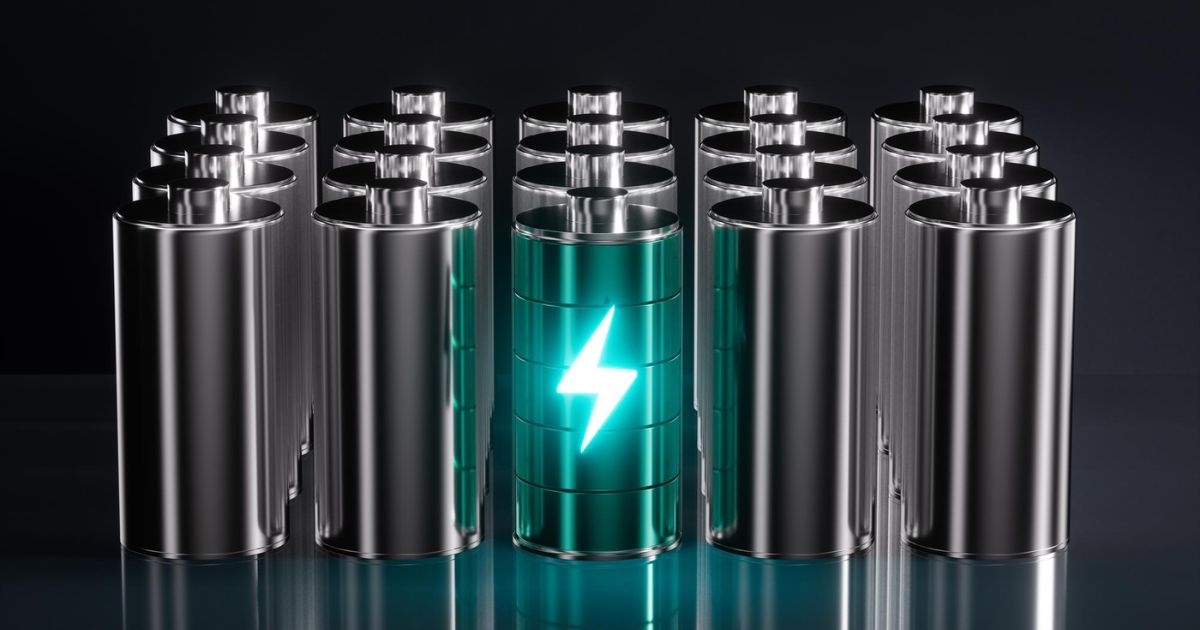

The evolution of consumer electronics and transportation industries has thrust a critical challenge into the spotlight – the inefficiency of power sources, specifically the constraints posed by existing battery technologies. Despite notable strides, lithium-ion batteries, employing graphite as the anode material, grapple with limitations in energy density. This report meticulously explores developments and opportunities in the next-generation anode materials market, centering on innovative materials poised to revolutionize the efficiency and capacity of lithium-ion batteries.
The demand for lithium-ion batteries in electric vehicles (EVs) and consumer electronic devices faces growth limitations due to sluggish progress in battery technology. Batteries, which dominate a substantial portion of devices like laptops and phones, demand a 50% increase in energy density for heightened efficiency and added features. Currently, lithium-ion batteries heavily lean on graphite as the primary anode material, yet with prevailing materials and cell designs, an imminent energy limit looms. This limitation propels a demand for next-generation anode materials with superior energy density.
Graphite has reigned as the predominant anode material owing to its cost-effectiveness, reliability, and energy density. However, its performance falls behind potential alternatives such as silicon and lithium. To counter this, significant investments and intensive research and development (R&D) efforts are underway to amplify the energy storage capacity of lithium-ion batteries. The filing or granting of more than 500 patents between 2014 and 2020 underscores the substantial R&D activity for next-gen anode materials. Collaborations and partnerships among key players are prevalent, steering advancements in these materials.
Market growth is propelled by the demand for innovative anode materials driven by various end-users, including electric vehicles, energy storage, and power tools. The market is segmented by material type, encompassing silicon/silicon oxide blends, silicon-carbon composites, silicon-graphene, lithium titanium oxide, and lithium metal.
One standout player is the silicon/silicon oxide blend anode material, anticipated to dominate the market by 2030. Applications span transportation, including electric vehicles, and electrical and electronics. Tesla Inc. is already incorporating silicon oxide in the anodes of its electric vehicles. Lithium titanium oxide, lauded for high performance in high-energy applications, dominates the transportation segment, particularly in electric buses, construction vehicles, and power tools. Silicon-carbon composite anode material sees widespread use in electrical and electronics applications, such as smartphones, laptops, and tablets, due to its high durability and efficiency.
Silicon-graphene anode material addresses volume expansion issues linked with silicon and is primarily consumed in electrical and electronics applications, such as smartphones and laptops. The lithium metal anode material, renowned for its high energy density, gains traction across various applications, particularly in the transportation sector. Finally, other next-generation anode materials, including tinbased anode, silicon alloy, and pure silicon oxide, witness significant consumption in electrical and electronics applications.
The U.S., part of the North America and Europe region, emerges as another significant market player. Factors like technological advancements, extensive investments in R&D facilities, and the development of lithium-ion battery gigafactories contribute to the market’s growth in China. The report underscores the paramount importance of continuous innovation, investment in R&D, strategic collaborations, and global expansion for companies operating in the next-generation anode materials market.